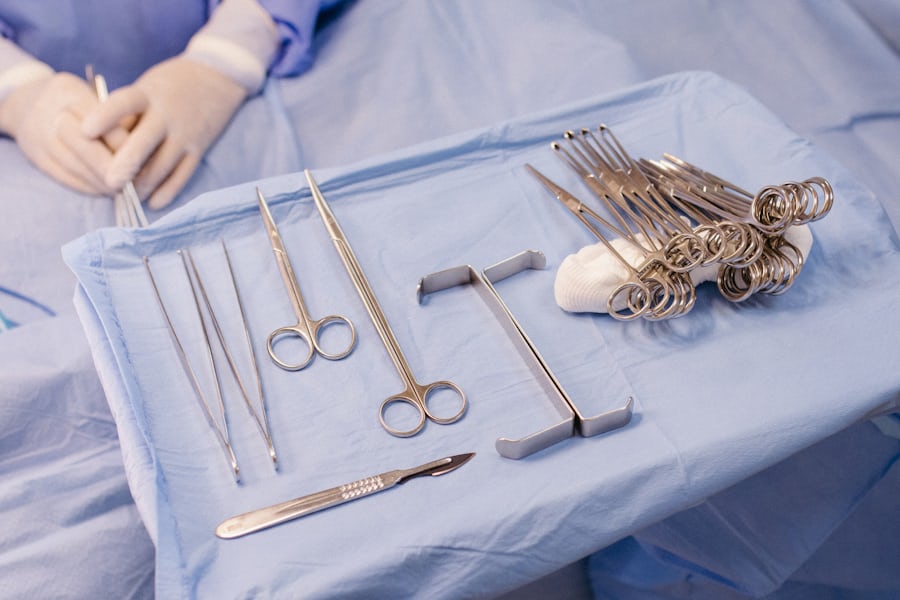Open Simple Prostatectomy: A Detailed Overview
An open simple prostatectomy is a surgical procedure to remove the inner portion of the prostate gland. It is primarily performed to alleviate urinary symptoms caused by severe benign prostatic hyperplasia (BPH), a non-cancerous enlargement of the prostate. This procedure is distinct from a radical prostatectomy, which removes the entire prostate gland and is typically a treatment for prostate cancer.
The term “simple” refers to the removal of only the obstructing part of the prostate, known as the adenoma, rather than the entire gland. “Open” signifies that the surgery is performed through an incision in the lower abdomen, as opposed to minimally invasive techniques.
When is an Open Simple Prostatectomy Recommended?
This procedure is generally reserved for men with very large prostate glands (typically over 80-100 grams) who experience significant urinary obstruction. It is often considered when other treatments, such as medications or less invasive surgeries like transurethral resection of the prostate (TURP), are not suitable or have failed.
Common indications for an open simple prostatectomy include:
Severe urinary symptoms: Difficulty starting urination, a weak or interrupted urine stream, frequent urination (especially at night), and the inability to completely empty the bladder.
Acute urinary retention: A complete inability to urinate.
Complications of BPH: Such as bladder stones, recurrent urinary tract infections (UTIs), or kidney damage due to poor bladder emptying.
The Surgical Procedure
An open simple prostatectomy is performed under general or spinal anesthesia and typically takes a few hours. The surgeon can access the prostate through one of two main approaches:
Retropubic approach: An incision is made in the lower abdomen, and the surgeon reaches the prostate without entering the bladder. The capsule of the prostate is incised, and the enlarged inner tissue is removed.
Suprapubic approach: This approach also involves a lower abdominal incision, but the surgeon accesses the prostate through an incision in the bladder. This method is often preferred if the patient also has bladder stones or other bladder issues that need to be addressed simultaneously.
In both techniques, the outer capsule of the prostate is left intact. After the obstructing tissue is removed, the surgeon will place a catheter to drain urine and help the area heal.
Benefits of the Procedure
The primary benefit of an open simple prostatectomy is the significant and long-lasting improvement in urinary symptoms. By removing the bulk of the enlarged prostate tissue, the procedure effectively relieves the obstruction of the urethra, leading to a stronger urine flow and better bladder emptying. This can greatly improve a patient’s quality of life.
Potential Risks and Complications
As with any major surgery, open simple prostatectomy carries potential risks and complications, including:
Bleeding: The prostate has a rich blood supply, and there is a risk of significant bleeding during or after the surgery, which may require a blood transfusion.
Infection: Infections of the surgical wound or urinary tract can occur.
Blood clots: There is a risk of developing blood clots in the legs (deep vein thrombosis) that could potentially travel to the lungs (pulmonary embolism).
Retrograde ejaculation: This is a common side effect where semen enters the bladder during orgasm instead of being ejaculated out of the penis. It is not harmful but does cause infertility.
Erectile dysfunction: While less common than with radical prostatectomy, there is a risk of developing or worsening erectile dysfunction.
Urinary incontinence: Temporary or, in rare cases, permanent problems with bladder control can occur.
Urethral stricture: Scarring can lead to a narrowing of the urethra, potentially causing urinary problems in the future.
Recovery After Surgery
Recovery from an open simple prostatectomy is a gradual process.
Hospital Stay: Patients typically remain in the hospital for a few days after the surgery for monitoring. The urinary catheter will remain in place to drain urine and allow the bladder and urethra to heal.
At Home: Once discharged, patients will need to rest and avoid strenuous activity for several weeks. The catheter is usually removed within one to two weeks after the surgery.
Return to Normal Activities: Most men can return to light activities within a few weeks, but heavy lifting and strenuous exercise should be avoided for a longer period, as advised by the surgeon. Full recovery can take several weeks to a few months.
It is common to experience some temporary urinary issues after the catheter is removed, such as frequency, urgency, and some leakage. These symptoms usually improve over time as the bladder regains its normal function.
In conclusion, open simple prostatectomy is a highly effective surgical treatment for men with severe BPH and very large prostates. While it involves a more significant recovery period compared to minimally invasive procedures, it offers the potential for substantial and lasting relief from bothersome urinary symptoms. Any man considering this procedure should have a thorough discussion with their urologist to understand the potential benefits and risks based on their individual health and condition.


